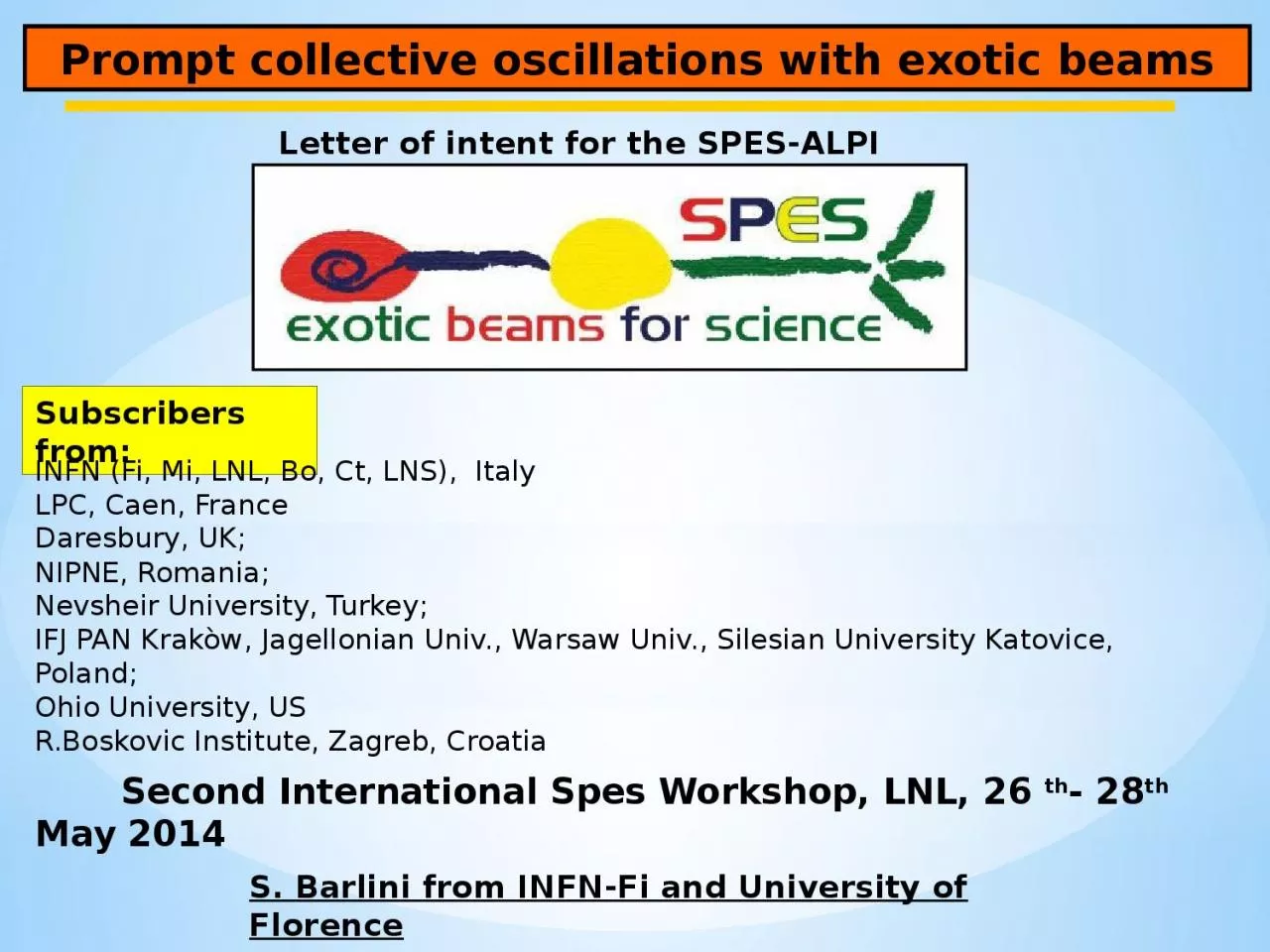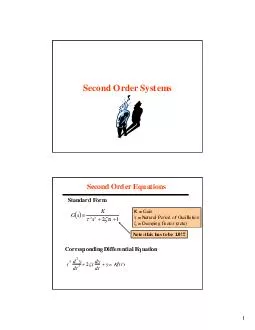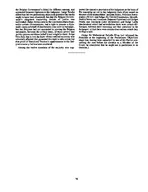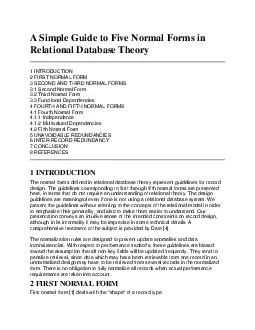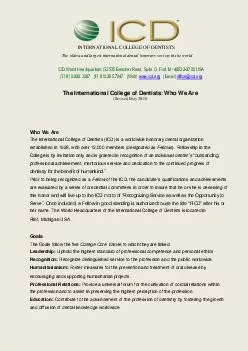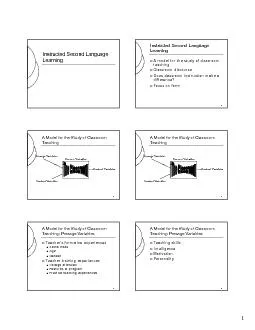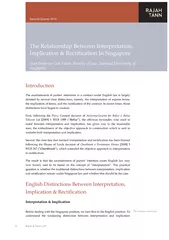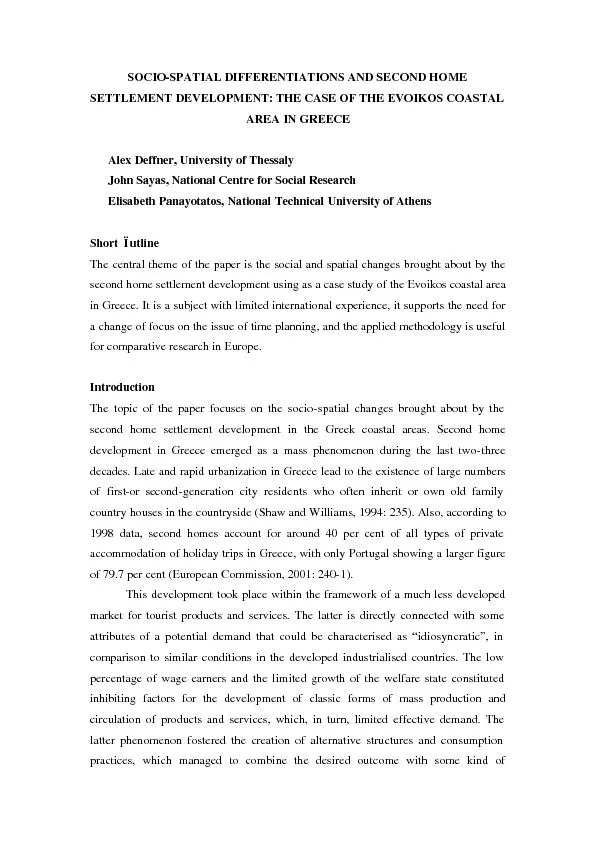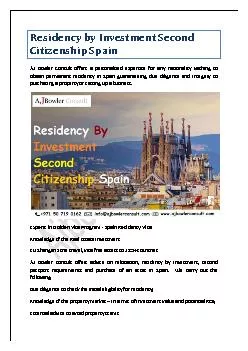PPT-Second International
Author : Muscleman | Published Date : 2022-08-03
Spes Workshop LNL 26 th 28 th May 2014 Prompt collective oscillations with exotic beams Letter of intent for the SPESALPI facility S Barlini from INFNFi
Presentation Embed Code
Download Presentation
Download Presentation The PPT/PDF document "Second International" is the property of its rightful owner. Permission is granted to download and print the materials on this website for personal, non-commercial use only, and to display it on your personal computer provided you do not modify the materials and that you retain all copyright notices contained in the materials. By downloading content from our website, you accept the terms of this agreement.
Second International: Transcript
Download Rules Of Document
"Second International"The content belongs to its owner. You may download and print it for personal use, without modification, and keep all copyright notices. By downloading, you agree to these terms.
Related Documents

